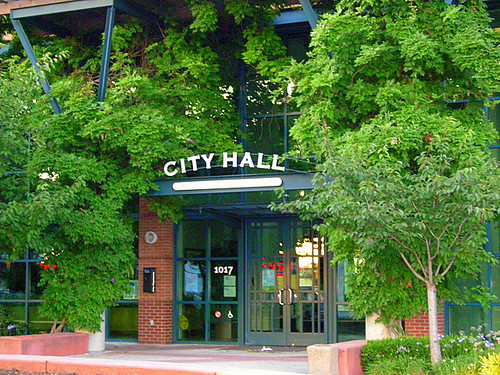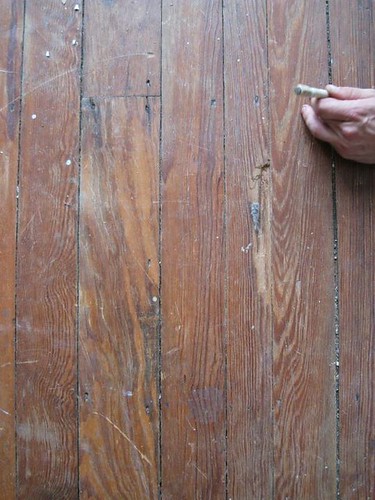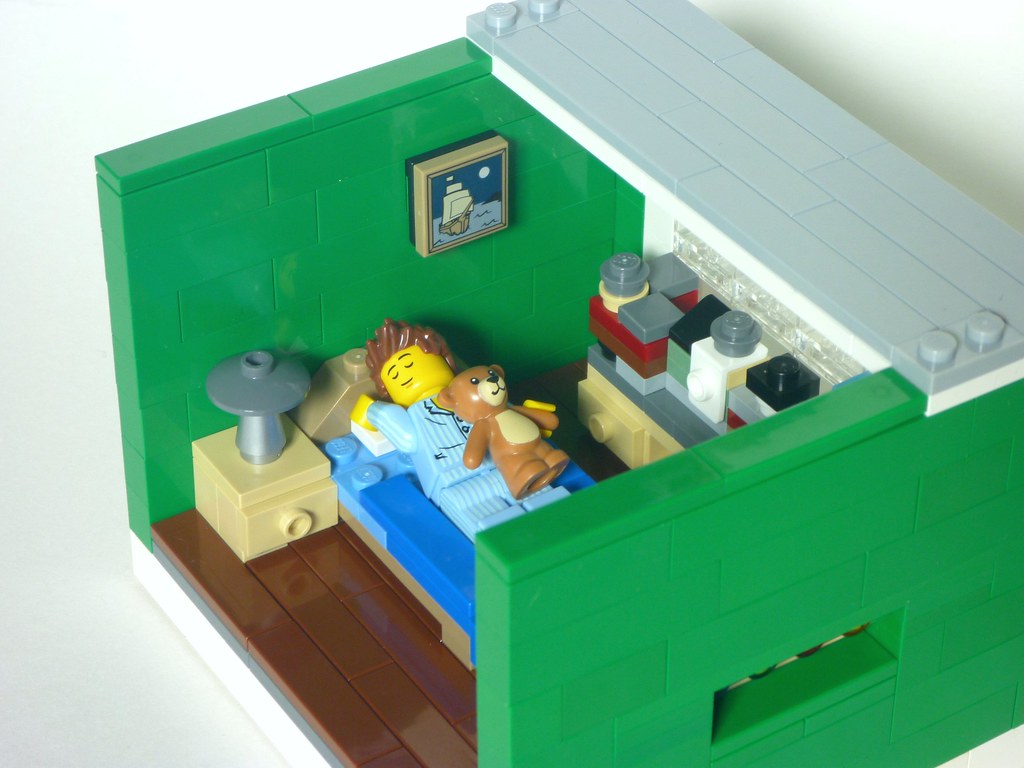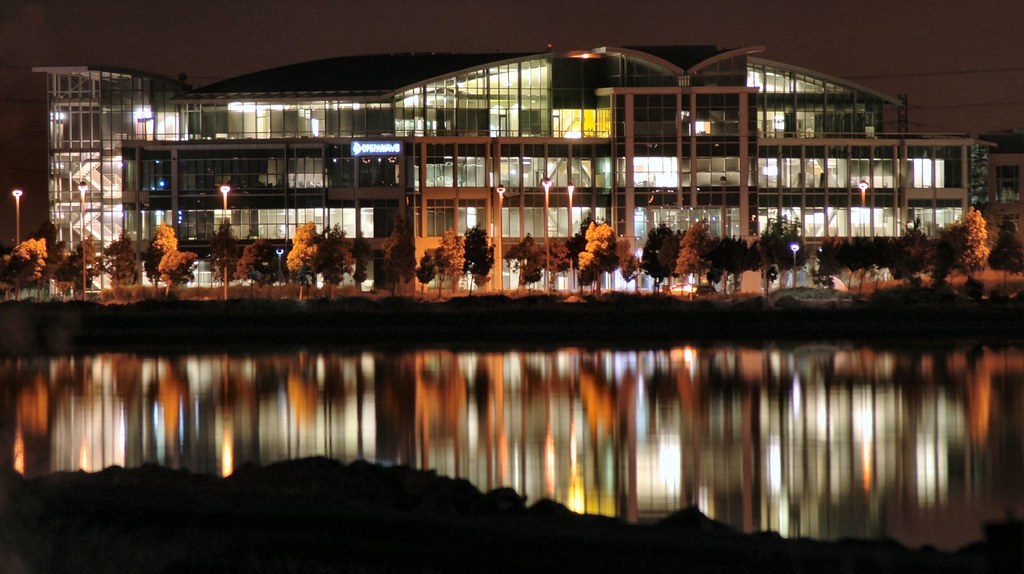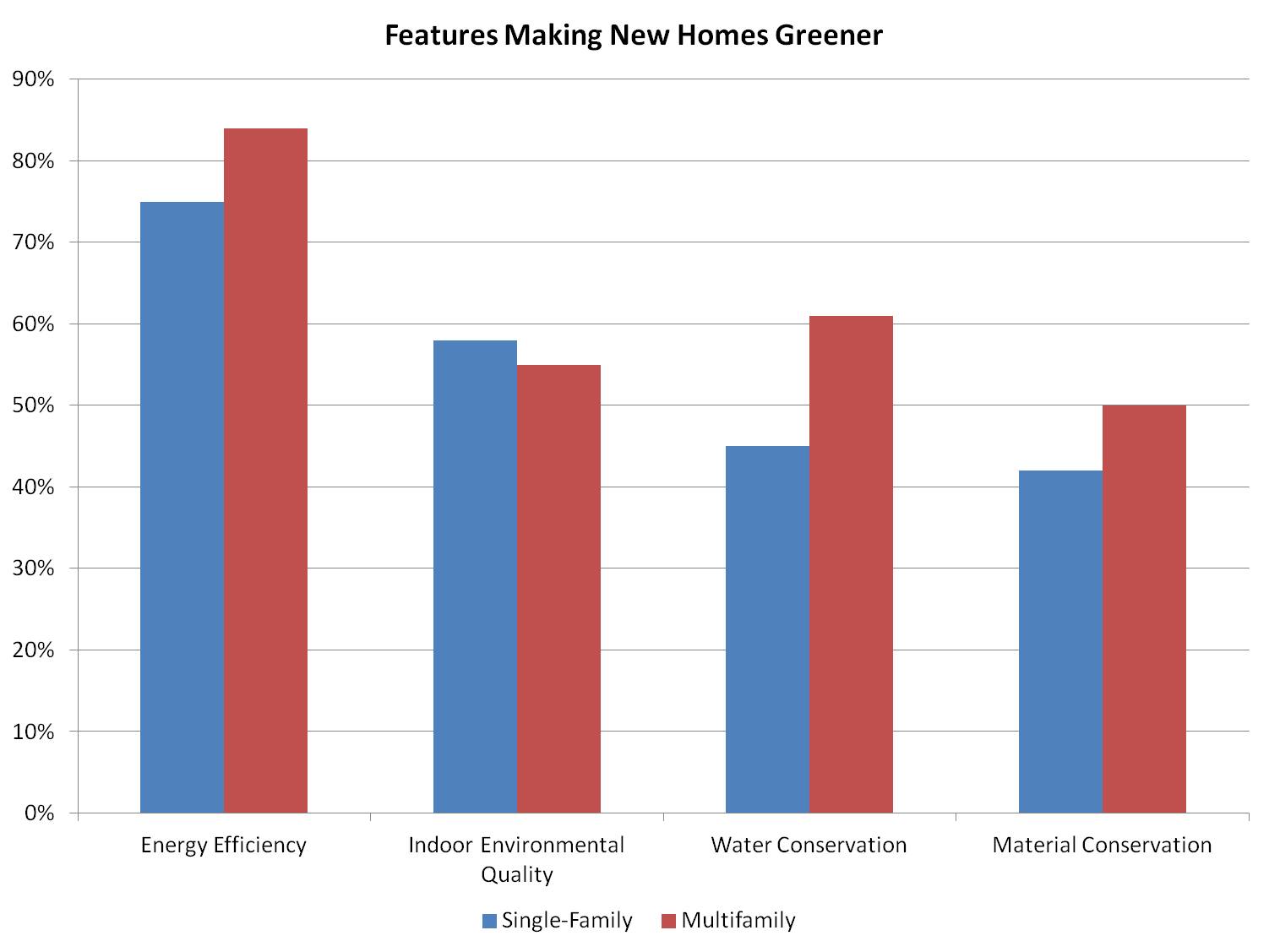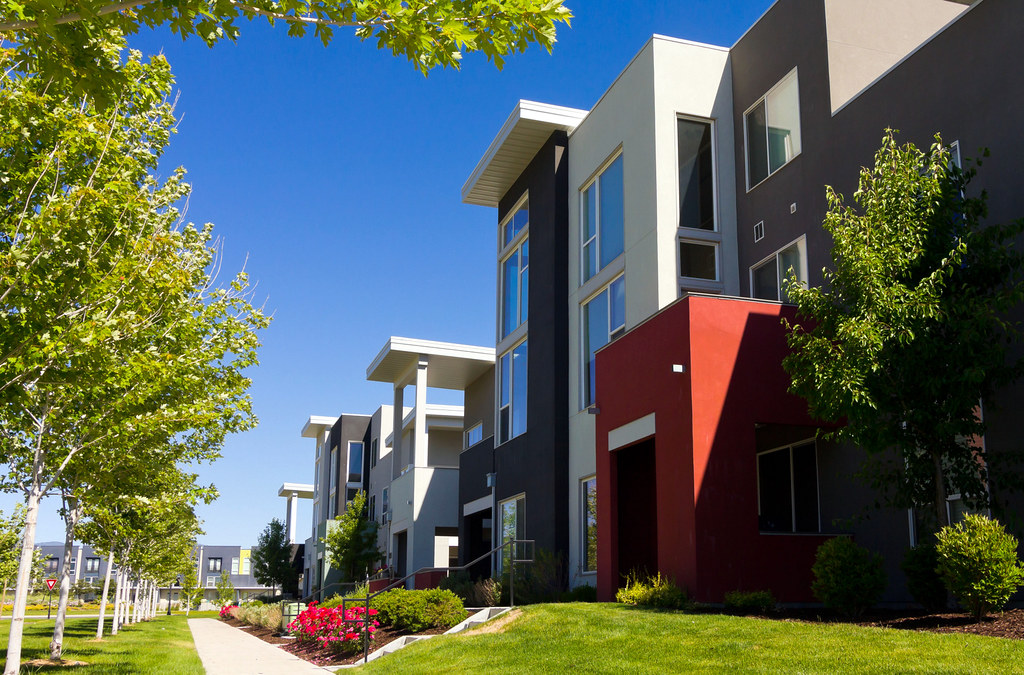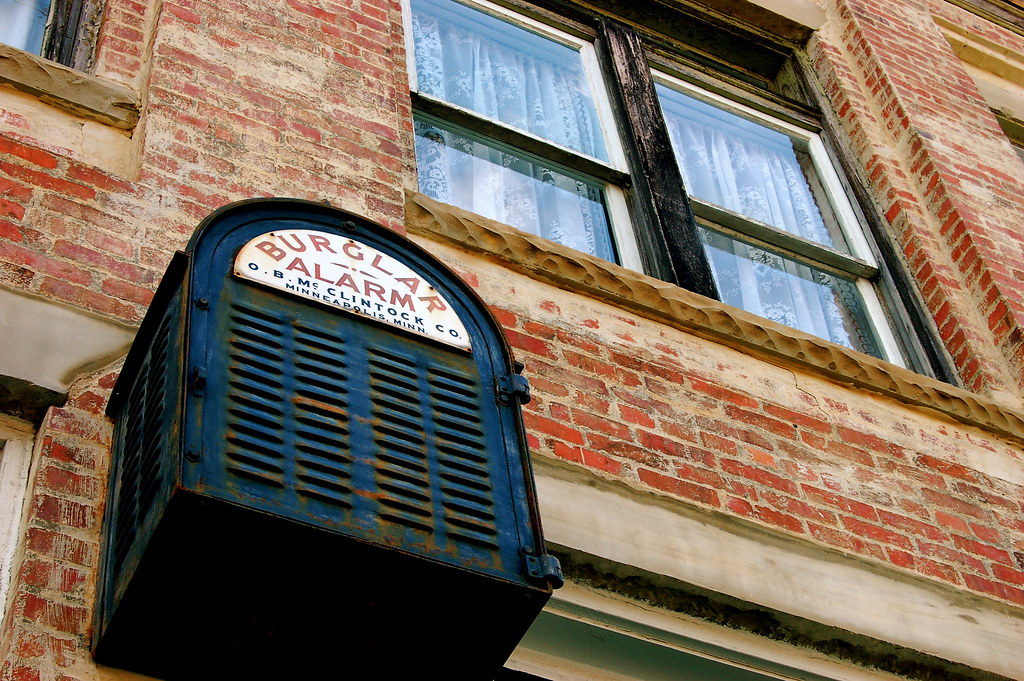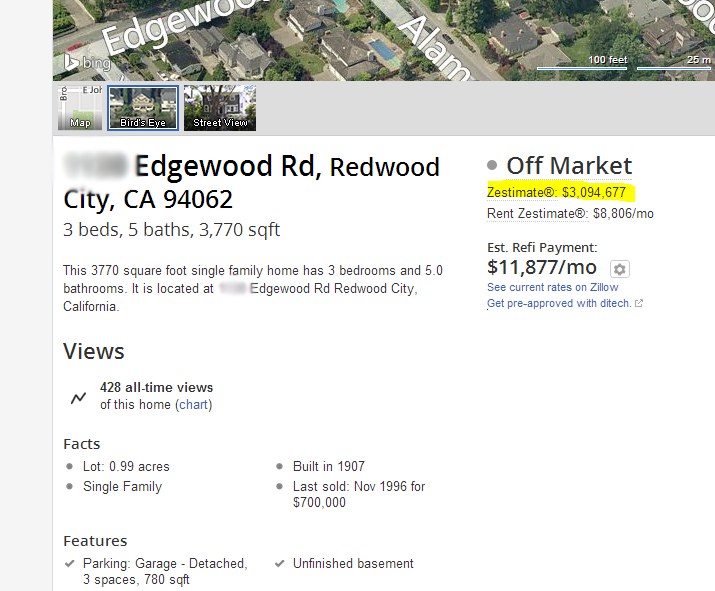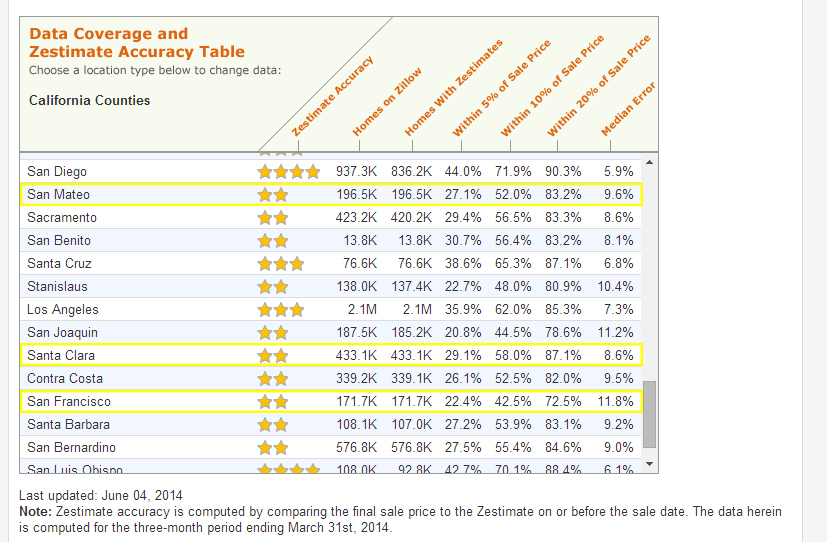Cork - known mostly for its use as a wine bottle stopper or as a bat-filller for baseball great Sammy Sosa - is a highly sustainable, biodegradable and recyclable flooring option that deserves a lot more attention than it's given. Relative to hardwood and tile, it is fairly inexpensive, and some types of cork floors are finished and molded in such a way that they can actually mimic the geometric details of wood or the smoothness of tile. It does have a distinctive look that might not be for everyone, but its varying styles and colors allow it to fit into virtually any design scheme.
Cork is made from the bark of a species of Oak tree that is endemic to Southwest Europe and Northwest Africa. The bark is stripped from the trees - in a process that is harmless to the tree itself – and typically regrows within 9-12 years. Each Cork Oak can be harvested for its bark around 12 times during its 150-250 year lifespan, and if my calculations are correct, that is about 11 more times than that same tree could be harvested for hardwood during its lifetime. The process is actually very interesting; if you’d like to see for yourself, check out this video!
When it comes to floors, cork is probably most popular in the kitchen, or in areas where you spend a lot of time standing up. This is because it is naturally a shock-absorbing and resilient material, making it a lot more comfortable to walk on than other popular kitchen floor options like hardwood and tile. This also makes it less likely that glass and dinnerware will break if dropped on it.
Another plus to cork floors is that they are naturally rich in suberin, a hydrophobic wax-like substance that helps fight mold, mildew and insect infestation, all of which are maladies that can easily befall hardwood floors.
Unfortunately, cork does have its drawbacks. It can be scratched and nicked easily, and heavy furniture can leave permanent indentations in the floor if no furniture pads are used. Nevertheless, cork is a great alternative to hardwood or tile floor - it's easy on your pocket and the environment.









